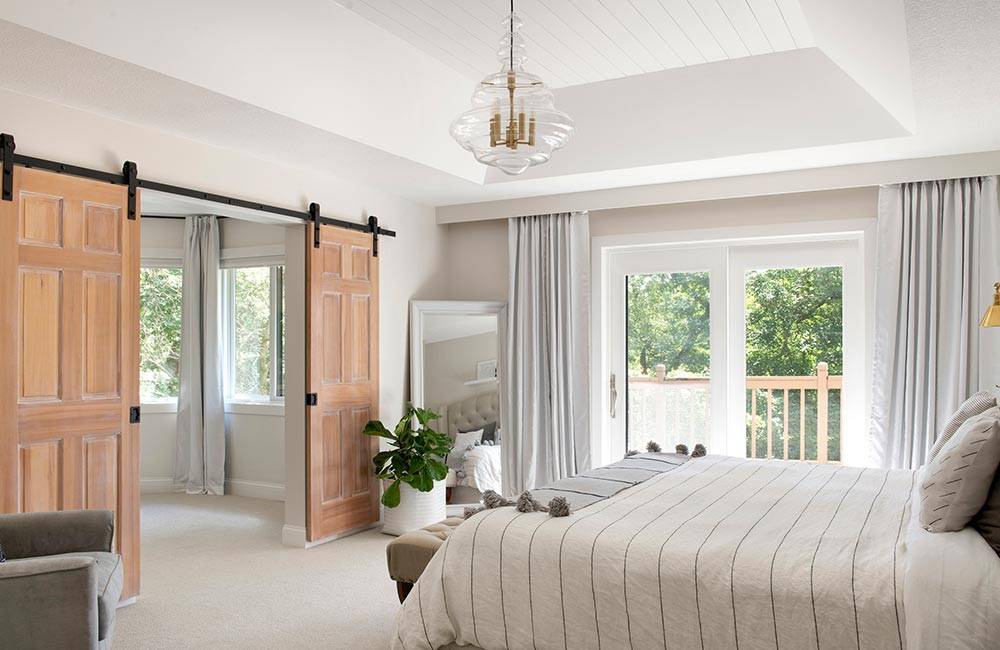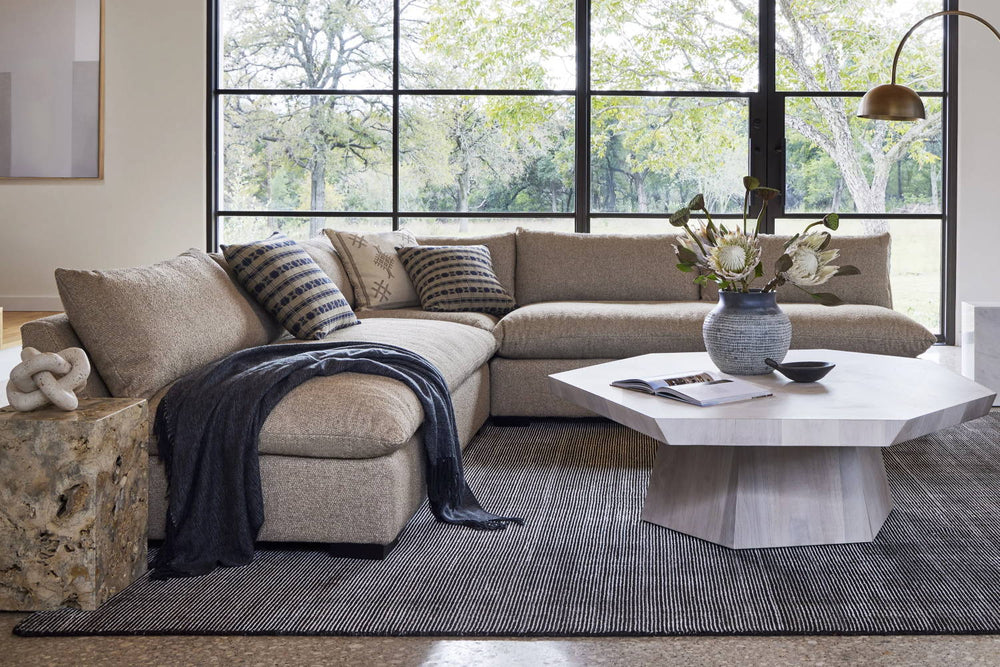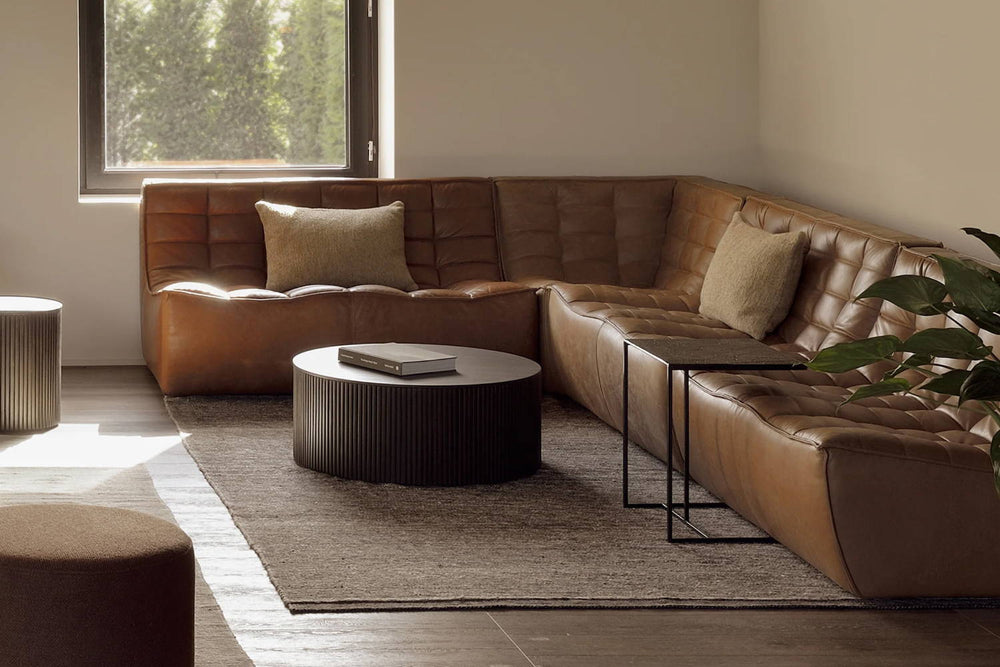While the aesthetics of lighting is the fun part, there are multiple factors to consider when purchasing lighting for home or commercial spaces. Kelvin Color Temperature, CRI, and Lumens are all contributing factors you’ll want to understand when making any lighting purchase.
Flowerpot Pendant Light by &Tradition
Kelvin Color Temperature
What it is: Kelvin color temperature is the measurement used to describe the physical appearance of the light put out by a specific bulb type. The higher the Kelvein (measured by K), the whiter the light appearance.
What you need to know: For residential applications, Kelvin color temperatures usually begin around 2700K for warm, incandescent light and go up to around 3500K, which is a typical fluorescent light. Color temperatures of more than 3500K are most often used in commercial settings such as hospitals and offices where ultra bright light is needed. For reference, direct sunlight is 4700K, so any bulb above 5000K would be incredibly bright! For outdoor security lighting, like flood lights, opt for 6000K to 7000K for the best results.
VL45 Radiohus Pendant Light by Louis Poulsen
Color Rendering Index
What it is: CRI is a measurement of how light will affect the appearance of color, as compared to a natural light source. The higher the CRI, the closer to “true” color you will have in that light.
What you need to know: An ideal CRI for your home is 90 and above, meaning lights and bulbs with a CRI of 90 or more will produce a more accurate color rendering of the objects that are being lit. For example, the kitchen – a higher CRI for the lights in this space will ensure food is presented in its most natural and most delicious color.
Washington Pendant Light by Hudson Valley Lighting
Lumens Brightness Measurement
What it is: Lumens are a measurement of how bright a bulb or light is. The higher the lumens, the brighter the light. Traditionally measured by watts, lumens is now the standard of communicating the brightness of a bulb or integrated lamp.
What you need to know: Lumens will always be provided for any bulb or light fixture on the packaging or product description. Deciding how many lumens you need truly depends on the space. Light intensity is measured by square foot. You should always aim for a certain amount of lumens per square foot to get the best use of your space while creating the proper ambiance. The general rule is as follows:
| Room | Lumens Needed |
| Living Room | 10-20 per square foot |
| Dining Room | 30-40 per square foot |
| Kitchen (overhead) | 30-40 per square foot |
| Kitchen (task) | 70-80 per square foot |
| Bedroom | 10-20 per square foot |
| Bathroom | 70-80 per square foot |
| Hallway | 5-10 per square foot |
| Laundry Room | 70-80 per square foot |
With more and more lighting fixtures being outfitted with integrated LEDs – meaning the lighting is built right into the fixture, so no changing of bulbs is needed, all lamping stats should be provided upfront since there is no option for alternative bulbs. For any fixture where you are providing the bulb yourself, look for the necessary information on the packaging of the bulb.








